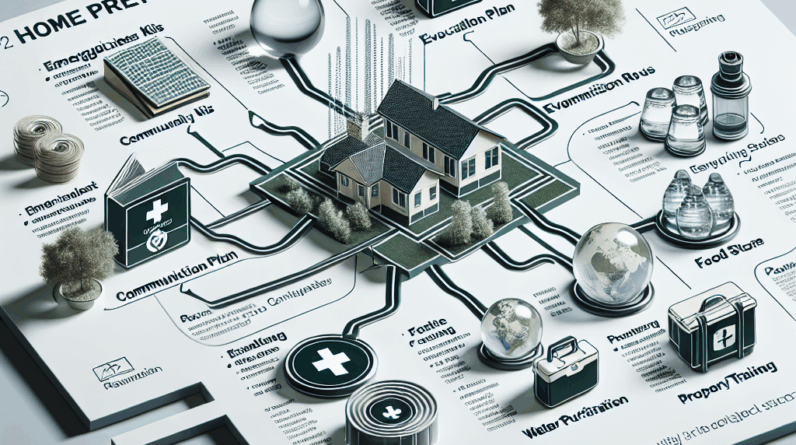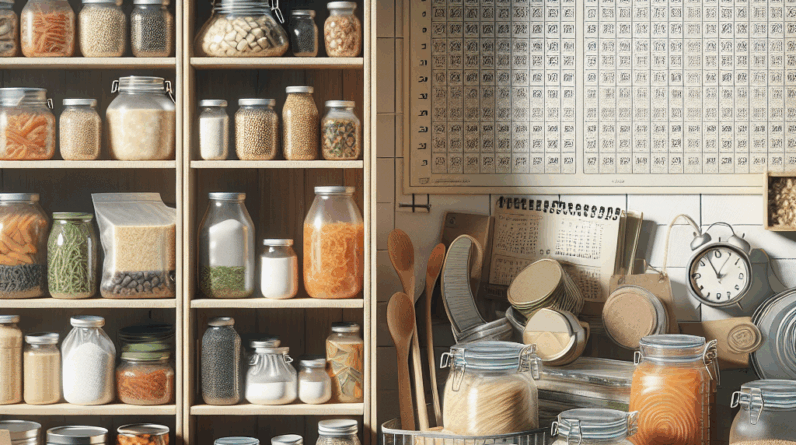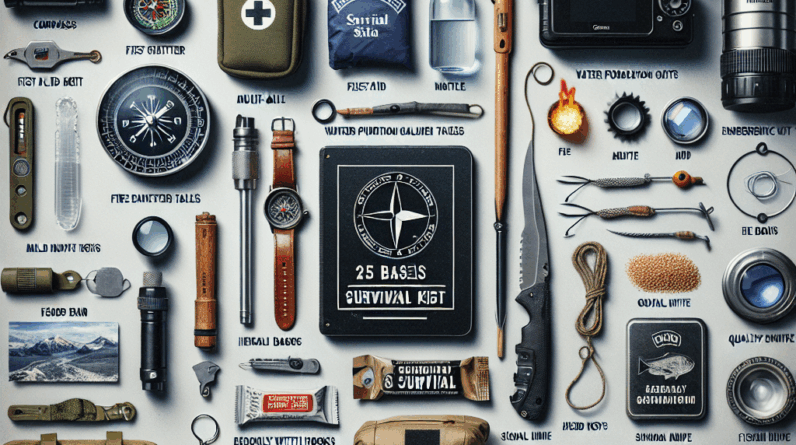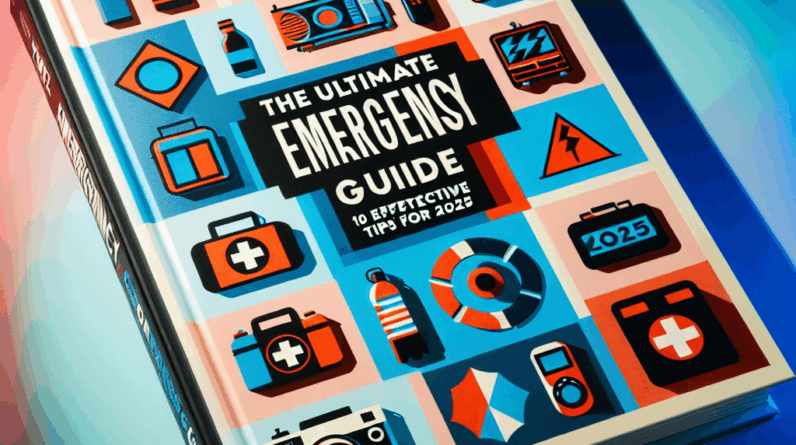
Preparing your home for emergencies by 2025 requires a comprehensive plan. Our guide provides seven crucial strategies to ensure your household is ready to handle any situation effectively.
Assessing Your Risks and Vulnerabilities
Understanding your local environment is crucial when preparing for emergencies. Analyze natural disasters like hurricanes, earthquakes, and wildfires common in your region. Use tools from FEMA and local weather data to identify these risks. Also, consider man-made threats such as power outages and cyberattacks, and integrate appropriate countermeasures into your home preparedness plan to enhance resilience.
Evaluating your home’s structure for potential weaknesses is another essential step. Inspect and reinforce critical areas such as the roof, windows, and foundation to withstand adverse conditions. Upgrading your home with modern safety features not only secures your property but also ensures everyone’s safety during emergencies.
Creating a Communication Plan
Establish a robust communication network within your family and with external contacts like neighbors and local authorities. Ensure everyone knows how to contact each other in case of network failures. Designate a primary contact outside your immediate area to help manage communication during emergencies.
Identify and agree on internal and external meeting points to avoid confusion during evacuations. Regularly practice reaching these safe spots to ensure all family members, including children and the elderly, are familiar with the plan.
Building an Emergency Supply Kit
Assemble a comprehensive emergency kit that includes basic supplies like water, food, and first aid items, tailored to your family’s specific needs. Incorporate modern tools such as rechargeable flashlights and a portable phone charger to maintain connectivity and light during power outages.
Keep your kit up-to-date by regularly checking and replacing expired items and adjusting the contents to reflect any new family needs or potential threats that have emerged.
Securing Your Home’s Physical Structure
Strengthen your home’s defenses by reinforcing entry points with storm shutters or security bars to protect against break-ins and natural disasters. Regular maintenance of these features ensures they function when needed most.
Implement fire-resistant measures if you are in a wildfire-prone area, such as using non-flammable building materials and maintaining clear spaces around your property to mitigate fire risks.
Developing a Family Emergency Plan
Create a detailed emergency plan outlining evacuation routes, shelter procedures, and contact details. Practice these procedures regularly to ensure they are well understood by all family members. Cater to special needs within your family by incorporating necessary adjustments into your plan.
Staying Informed with Reliable Alerts
Utilize technology to stay informed about potential emergencies through local alert systems and apps. Test and familiarize your family with different alert types and the appropriate responses to ensure quick and effective action can be taken when warnings are issued.
Practicing Drills and Regular Reviews
Conduct regular drills to test your family’s readiness for various emergency scenarios. Use these exercises to fine-tune your home preparedness plan, incorporating feedback and any new information gathered during these sessions.
Frequently Asked Questions (FAQs)
1. What is a home preparedness plan?
A home preparedness plan is a detailed strategy designed to prepare, respond, and recover from emergencies, minimizing risks and disruptions for your family.
2. How often should I review my home preparedness plan in 2025?
It is advisable to review and update your home preparedness plan quarterly to adjust for any new risks, lessons learned from previous drills, or changes in your family’s circumstances.
3. What are the key components of an emergency supply kit?
Essential items in an emergency supply kit include water, food, first aid materials, medications, a flashlight, batteries, hygiene products, and important documents.
4. Why is practicing drills important for a home preparedness plan?
Drills help ensure that all family members understand and remember what to do during an emergency, reducing panic and increasing the effectiveness of your response.
5. How can I ensure my home is resilient for 2025?
Ensure resilience by regularly assessing environmental risks, reinforcing structural vulnerabilities, securing entry points, and updating your emergency strategies to adapt to evolving threats.





